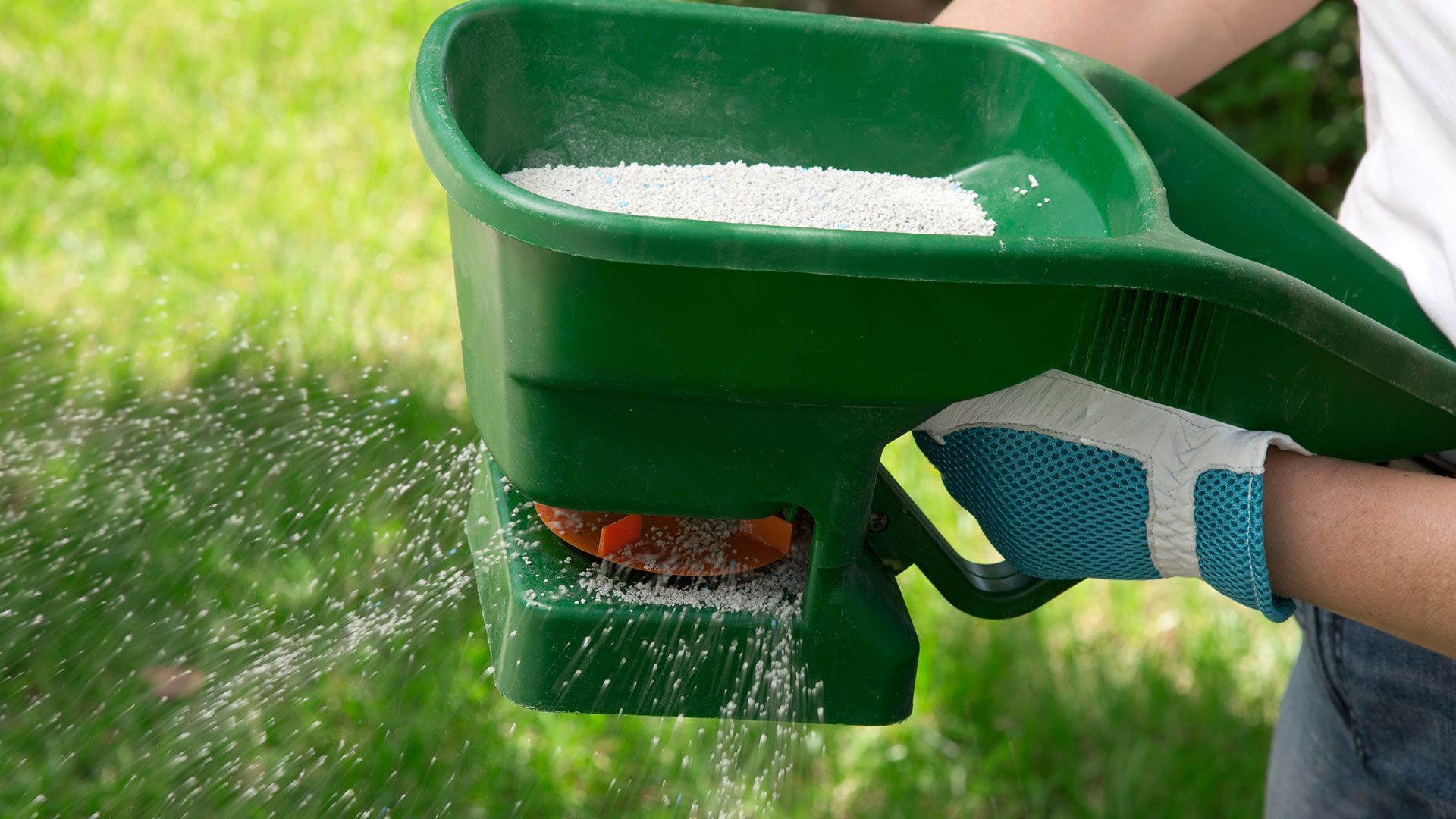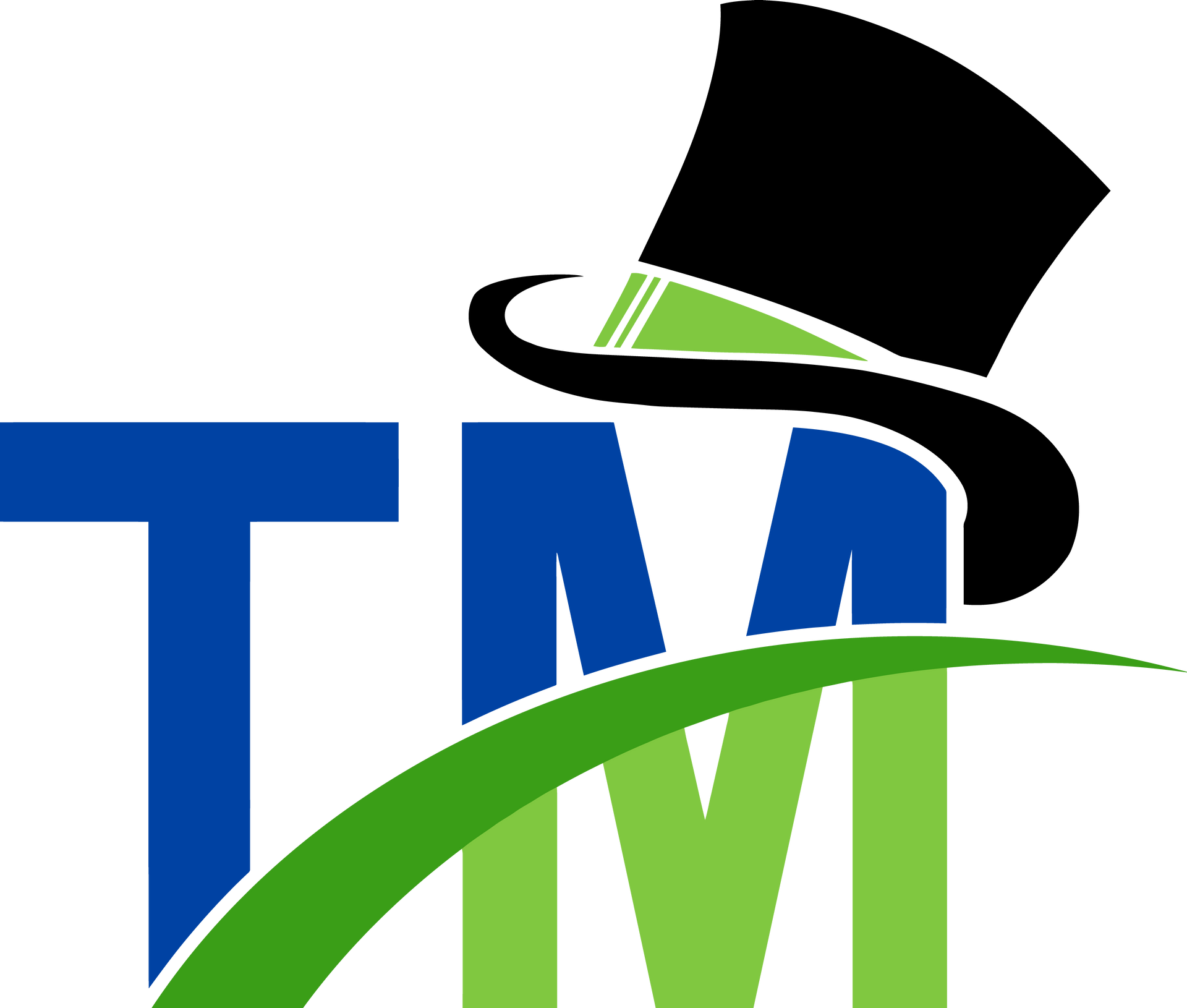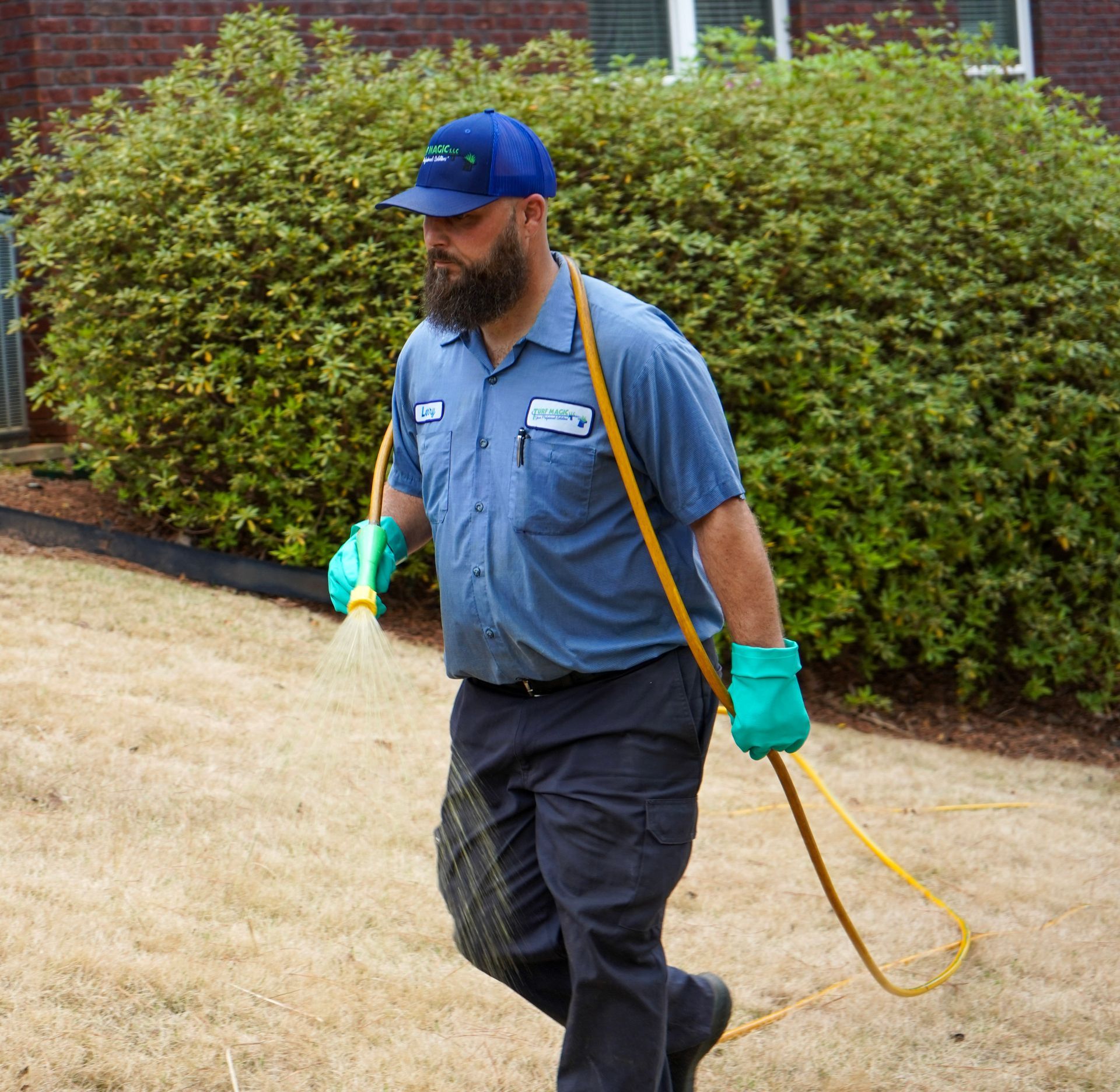The Vital Role of Weed Control and Fertilization Programs in Lawn Health
Weed Control: Preserving the Aesthetics and Functionality
Weeds are notorious invaders that can quickly take over a lawn if left unchecked. They not only mar the aesthetics of the landscape but also compete with desirable grasses for essential resources, including water, nutrients, and sunlight. Effective weed control is crucial for several reasons:
- Aesthetics: Weeds create an unsightly appearance, detracting from the beauty and uniformity of the lawn. A well-maintained, weed-free lawn enhances curb appeal and provides an inviting outdoor space for relaxation and recreation.
- Competition for Resources: Weeds are opportunistic plants that outcompete turfgrass for vital resources. They have aggressive growth habits, enabling them to rapidly spread and deprive the grass of the nutrients and water it needs to thrive. This competition weakens the turf, making it susceptible to diseases, drought stress, and other environmental pressures.
- Thatch Prevention: Some weed species, such as creeping charlie or ground ivy, have a creeping growth habit that contributes to thatch buildup. Thatch is a layer of dead and living organic matter that accumulates between the grass blades and soil surface. Excessive thatch impedes water infiltration, nutrient absorption, and root development. A proactive approach to weed control helps minimize thatch accumulation and its detrimental effects on the lawn.
- Pest and Disease Prevention: Weeds can harbor pests and diseases that can spread to the surrounding turf. By effectively controlling weeds, you reduce the potential for pest infestations and the risk of disease transmission, thereby promoting a healthier lawn.
Fertilization Programs: Nourishing the Lawn for Optimal Growth
While weed control sets the foundation for a weed-free lawn, fertilization programs provide the essential nutrients that turfgrass needs to flourish. Here's why fertilization is critical for lawn health:
- Nutrient Deficiencies: Soils naturally vary in their nutrient content, and even the most fertile soils may lack specific essential elements required for optimum turfgrass growth. Fertilizers supplement the soil's nutrient levels and address any deficiencies, ensuring that the grass has access to the necessary building blocks for robust development.
- Enhanced Growth and Recovery: Fertilizers provide a balanced blend of macronutrients (nitrogen, phosphorus, and potassium) and micronutrients (iron, zinc, manganese, etc.) that support healthy root growth, vigorous shoot development, and overall plant vitality. This leads to improved stress tolerance, quicker recovery from damage, and a denser, more resilient lawn.
- Color and Density: A well-fed lawn displays vibrant green color and lush density. Fertilization programs help achieve these aesthetic qualities by promoting vigorous leaf growth and chlorophyll production, resulting in an attractive, thick carpet of grass.
- Weed Suppression: Healthy turfgrass competes more effectively with weeds, making it harder for invasive plants to establish and thrive. Fertilizing the lawn properly helps create a robust grass stand that can outcompete weed seeds, further enhancing the effectiveness of weed control efforts.
- Environmental Benefits: Well-maintained, fertilized lawns contribute to environmental sustainability. Healthy turf helps prevent soil erosion, improves water infiltration, and acts as a natural filter, reducing runoff and filtering pollutants from entering water bodies. Fertilization programs that incorporate slow-release or organic fertilizers minimize the risk of nutrient leaching, ensuring that the nutrients are utilized efficiently by the grass without causing environmental harm.
Our Integrated Approach: Weed Control and Fertilization Working Together
It is important to recognize that weed control and fertilization programs are not standalone practices but are interconnected components of a comprehensive turf care strategy. When implemented together, they create a synergistic effect that maximizes the health and vitality of the lawn. By controlling weeds, you remove competition and allow the grass to utilize the available resources efficiently. This, in turn, allows the fertilizers to be more effectively absorbed and utilized by the turfgrass, which significantly contributes to the health and appearance of your lawn.
A weed-free lawn ensures that the nutrients provided by fertilizers are directed towards the desired plants, optimizing their growth and overall health. Moreover, a robust and healthy lawn resulting from proper fertilization is better equipped to resist weed infestations. The dense growth of well-nourished grass shades the soil, making it more challenging for weed seeds to germinate and establish themselves.
Thus, by combining weed control and fertilization programs, you create an environment where turfgrass thrives, while weeds struggle to take hold. Weed control also preserves the aesthetics and functionality of the turf by preventing weed encroachment, minimizing thatch buildup, and reducing the risk of pests and diseases. Fertilization programs provide essential nutrients to nourish the grass, supporting robust growth, improved stress tolerance, and an appealing green color. This means an integrated approach to turf care that combines effective weed control and appropriate fertilization practices will yield the best results.
Remember that weed control and fertilization are just two components of overall lawn care. Proper mowing practices, irrigation management, aeration, and soil testing are also integral to maintaining a healthy lawn. By adopting a holistic approach to turf care and addressing all aspects of lawn maintenance, we can help you can create an optimal environment for your grass to thrive while keeping weeds at bay.
It’s also important to remember, weed control and fertilization programs are ongoing processes that require consistent attention and adjustment based on the specific needs of your lawn. It is essential to understand the type of grass you have, its growth habits, and the environmental conditions in your region. Consulting with our lawn care professionals can provide valuable guidance and help you develop a tailored turf care plan. Regular monitoring, proper timing, and the use of quality products are key to maintaining a healthy and weed-free lawn that will be the envy of your neighborhood. When you invest in the care of your turf, you’ll reap the rewards of a beautiful, thriving lawn that you can enjoy for years to come.




